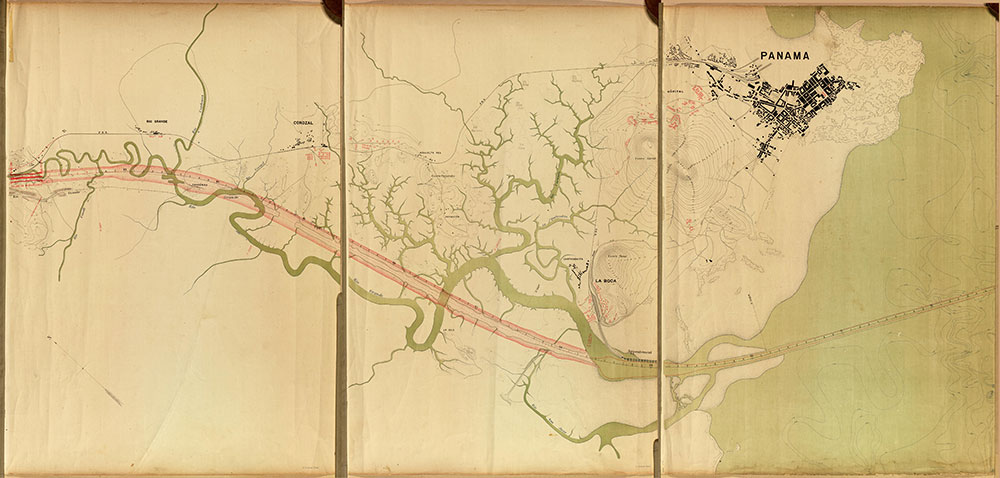Architectures of Authority
This course is interested in the ways in which architecture and the built environment are embedded in power relations but also contribute to the production and distribution of power. Monumental buildings such as cathedrals, parliament buildings, and skyscrapers offer clear examples of the ways in which cities can be configured by powerful actors, institutions, or corporations. Yet architecture is not only reflective of power but constitutive of it. This is perhaps demonstrated most famously through the work of Michel Foucault. Foucault’s (1979) Discipline and Punish, charts the emergence of the panoptical prison as an architectural technology of discipline and its influence on tactics of surveillance witnessed throughout a wide variety of institutions across modern society.
Throughout the course we explored authority and architecture through a number of examples of historical and contemporary building typologies including the prison, the fortress, the asylum, the school, the workshop and the architectural icon. Through a range of readings from a variety of research fields, the course developed understandings of various types of power, working through different scales, and different mechanisms and the differing ways through which architecture and design facilitate and produce these different power mechanisms.
Next

